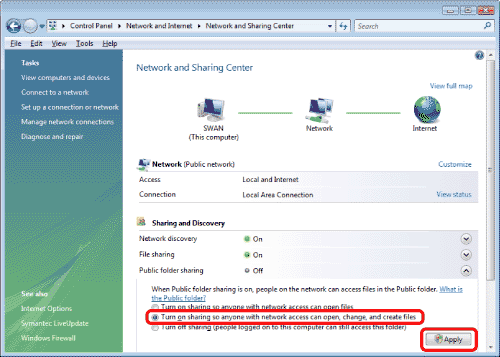

Prerequisites: The essential prerequisites to consider while monitoring using a template.Tags: The user-defined tags used for enhanced filtering.Generation: The generation that the template belongs to.Description: The summary of the template.Template Name: The name of the template.Applicable for: The type of the application.Collector Type: The application type used to gather information.For the client-specific template, select the client. Select Template Scope: The partner template or client-specific template.


This process simplifies log management while allowing more space for new logs.īy using log file monitors, administrators can rule out the chance of missing an error in logs. Log rotation compresses old data (and large data) into a new log file. Log management can be a complex task maintaining log file size, applying a file checksum, and making it easy for administrators to search through old log data files to locate errors. log is recommended for logs that are monitored. Different varieties of log file extensions can be used, however. The system monitors log files including audit logs, transaction logs, and event logs. If the agent detects a match, an alert is triggered in the alert browser. The agent examines log files with a known search string (or pattern) based on the configured check type. Monitor log data for any particular event or patternĪ log file maintains a record and timestamp of events that occur in an application.The benefits of log file monitoring include: The log file monitor tracks errors in logs generated from applications on Windows and Linux servers. On this pageĪnalyzing and tracking issues in a log file during emergencies can be a challenge for administrators. How to monitor metrics using a log file monitor.


 0 kommentar(er)
0 kommentar(er)
